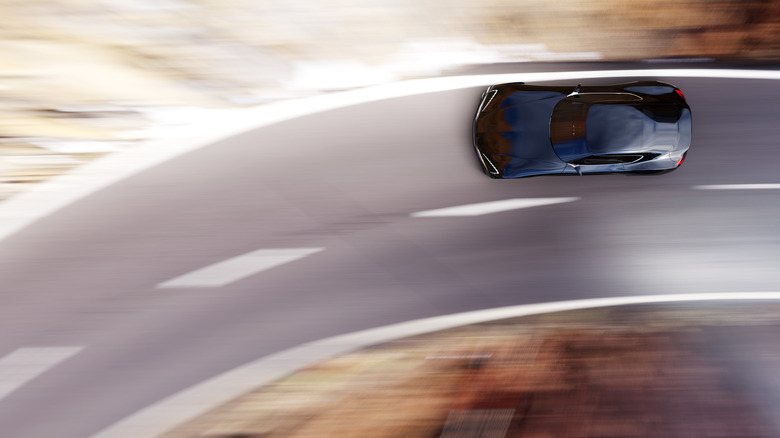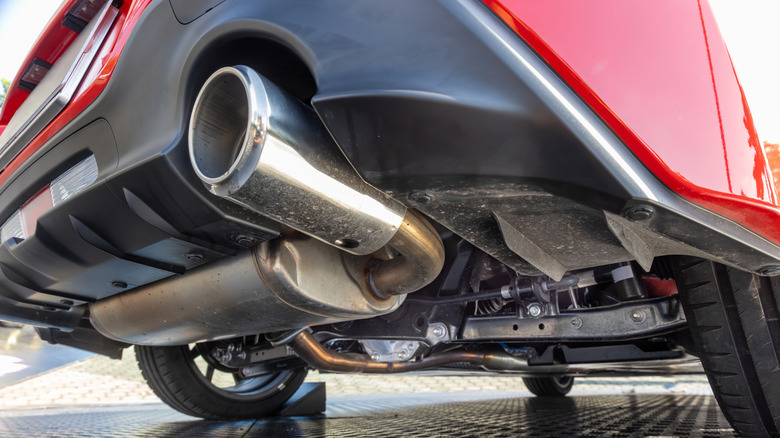What Is CFD And How Does It Help Car Designers Optimize Fuel Efficiency?
CFD, or Computational Fluid Dynamics, is the use of computer simulations to predict how fluids like air or coolant move around and through objects. In car design, "fluid" mostly means airflow. It's how engineers test aerodynamics without building physical prototypes. The core idea is simple: simulate how air behaves when it hits your car at speed, and use that data to cut drag, reduce fuel burn, and meet emissions goals faster.
Every time air pushes back on a vehicle, the engine works harder, using more fuel. CFD helps map where that drag happens and shows engineers how to reshape parts to cut resistance. With it, they can tweak the vehicle's shape to slip through the air more smoothly.
The earlier CFD is used in the car design process, the more it helps. Engineers can make dozens of design changes in software before ever cutting a prototype. That saves time, money, and mistakes. Physical wind tunnel tests still happen, but CFD narrows the field, so only the best ideas get tested for real.
This matters because carmakers are under pressure to meet fuel economy regulations and sell cars that go farther on a tank (or a charge). A small tweak to a bumper or side skirt might not look like much, but if CFD simulations show it saves 1–2% in drag, that's real money saved in fuel across thousands of vehicles. Apart from the automotive industry, CFD also has a role in the aerospace sector. NASA also offers a free CFD software originally designed to enable space exploration.
Where CFD makes the biggest fuel efficiency gains
Aerodynamics is the most obvious target. CFD helps carmakers shrink drag coefficients by adjusting shapes. But it's not just about the outside. CFD also looks at how air moves inside ducts, vents, and the engine bay. If cooling air flows more efficiently, you can run smaller fans, which means less load on the engine.
Exhaust systems are another spot. CFD helps guide how gases flow to catalytic converters to ensure full reactions, cutting emissions, and reducing the need for power-robbing add-ons. CFD also helps engineers break trade-offs by iterating on their designs. Want lower drag but still need downforce for stability? Simulate both and find the sweet spot. Trying to make an EV quieter but still cool the batteries? CFD will model the airflow and sound paths to get both.
It also reduces waste. Fewer physical tests mean fewer materials burned just to throw away the data. This is one of the reasons why more and more car companies like GM use computer software and rapid prototyping rather than clay and wood for prototype testing. CFD also results in a shortened time-to-market. Instead of waiting for prototypes to fail, teams fix problems in simulation weeks earlier. In the end, CFD doesn't just help car designers. It helps automakers build better products, faster, and with fewer surprises. That's what makes it a core tool in every modern car development cycle.

